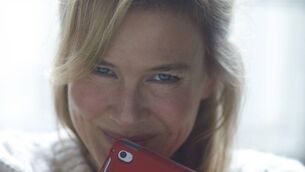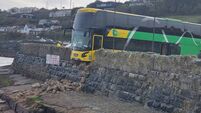Kerry a haven for many rare species
People like Department of Marine official Kevin Flannery, from Dingle, regularly identify some strange fish caught off the coast, but some unusual fish can also be found inland in Kerry.
The county boasts, for instance, some interesting species of brown trout and rare fish, such as the Arctic char and the Killarney shad.













